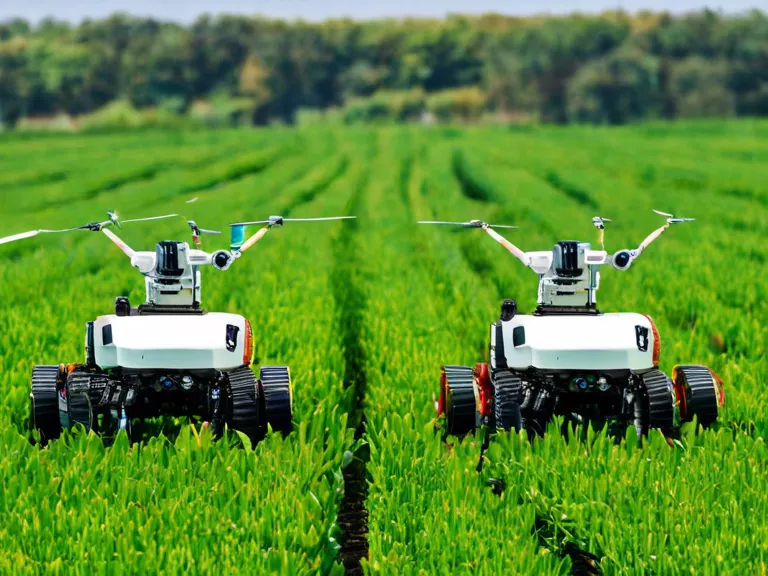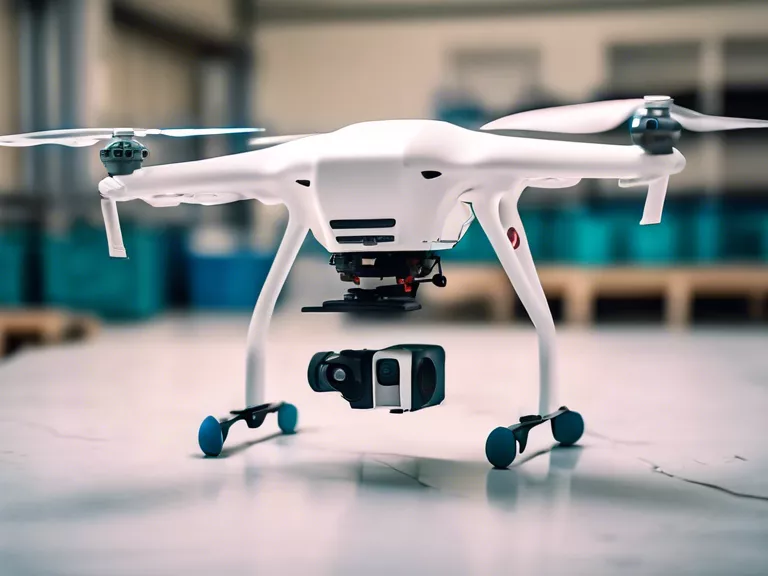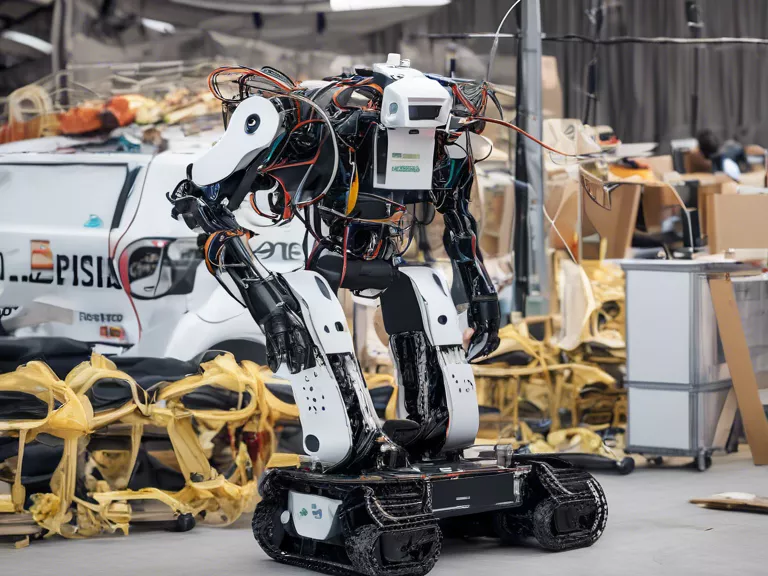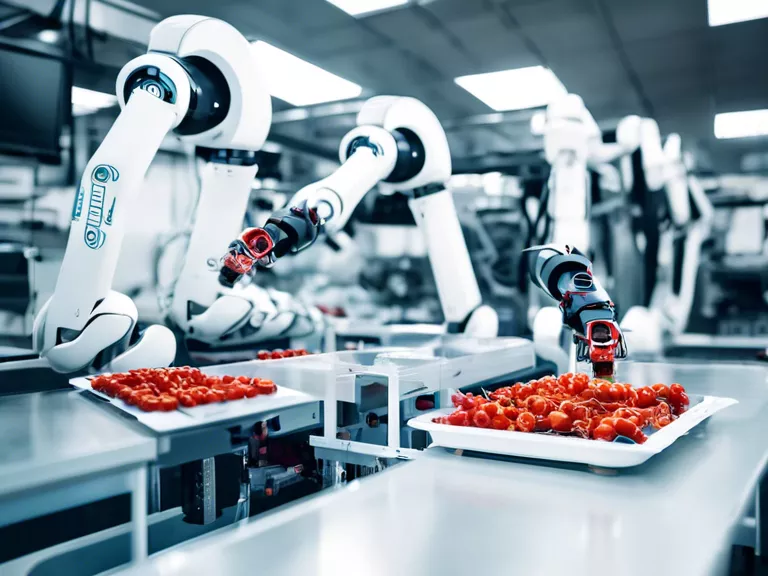
With the growing population and the increasing demand for food production, the agriculture industry is turning to robotics to maximize yields and efficiency. Automation in agriculture has the potential to revolutionize the way we grow crops and raise livestock. From planting seeds to harvesting crops, robots are becoming an integral part of modern farms. Let's explore the future of robotics in agriculture and how it can help farmers feed a growing population.
Increased Efficiency
One of the key benefits of robotics in agriculture is the increased efficiency it brings to farming operations. Robots can work around the clock without the need for rest or breaks, allowing farmers to get more work done in less time. This means tasks like planting, weeding, and harvesting can be completed faster and with higher accuracy, leading to increased yields.
Precision Agriculture
Robotics enable farmers to practice precision agriculture, a farming approach that uses data and technology to optimize crop yields and minimize waste. With the help of sensors and GPS technology, robots can analyze soil conditions, monitor crop growth, and apply fertilizers and pesticides with precision. This not only improves crop yields but also reduces the environmental impact of farming.
Labor Shortages
As labor shortages continue to be a challenge in the agriculture industry, robots can help fill the gaps by performing repetitive and labor-intensive tasks. This allows farmers to focus on more strategic and managerial roles, increasing their overall productivity. Robots can also help make farming more attractive to the younger generation by offering opportunities to work with cutting-edge technology.
Cost Savings
While the initial investment in robotics technology can be high, the long-term cost savings can be significant. By reducing the need for manual labor and optimizing resource use, robots can help lower production costs and increase profitability. This makes robotics a smart investment for farmers looking to stay competitive in a changing industry.
In conclusion, the future of robotics in agriculture looks promising. By leveraging automation technology, farmers can maximize yields, increase efficiency, and overcome labor shortages. With the right combination of robotics and traditional farming practices, we can create a more sustainable and productive agriculture industry for the future.



